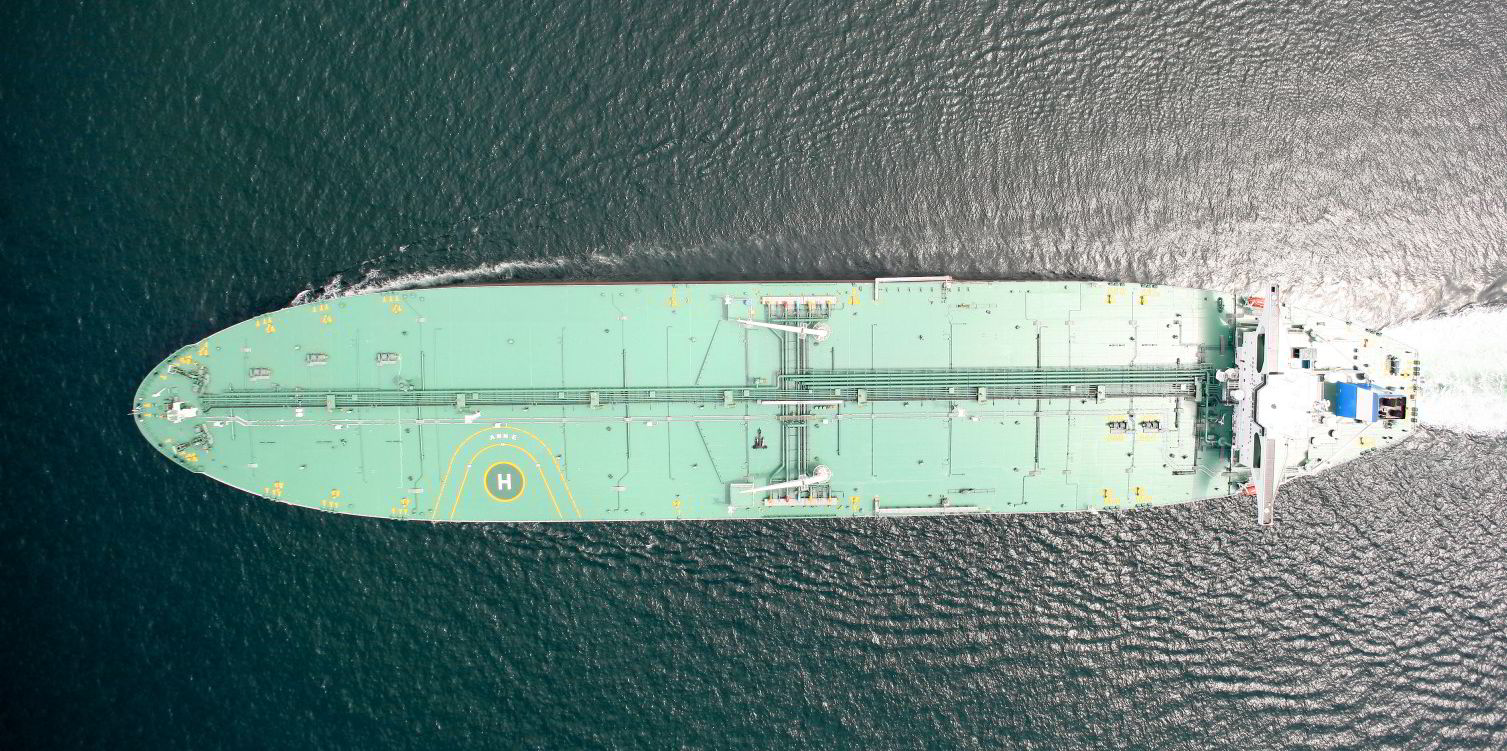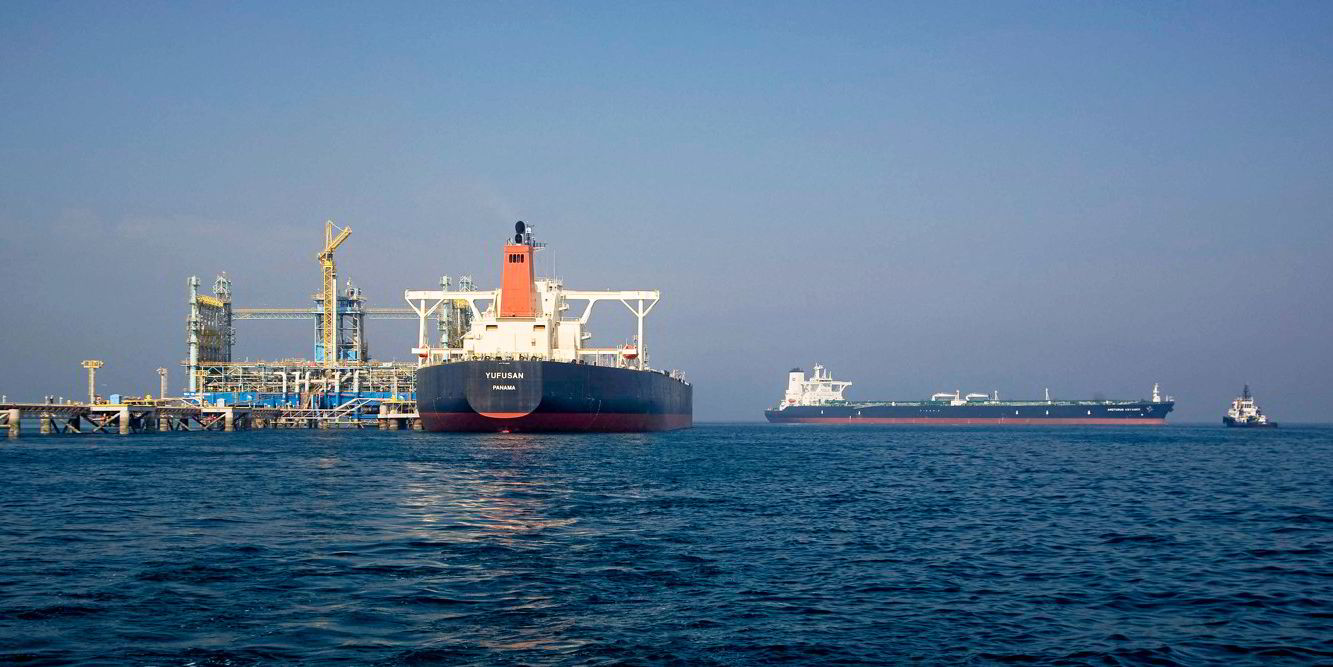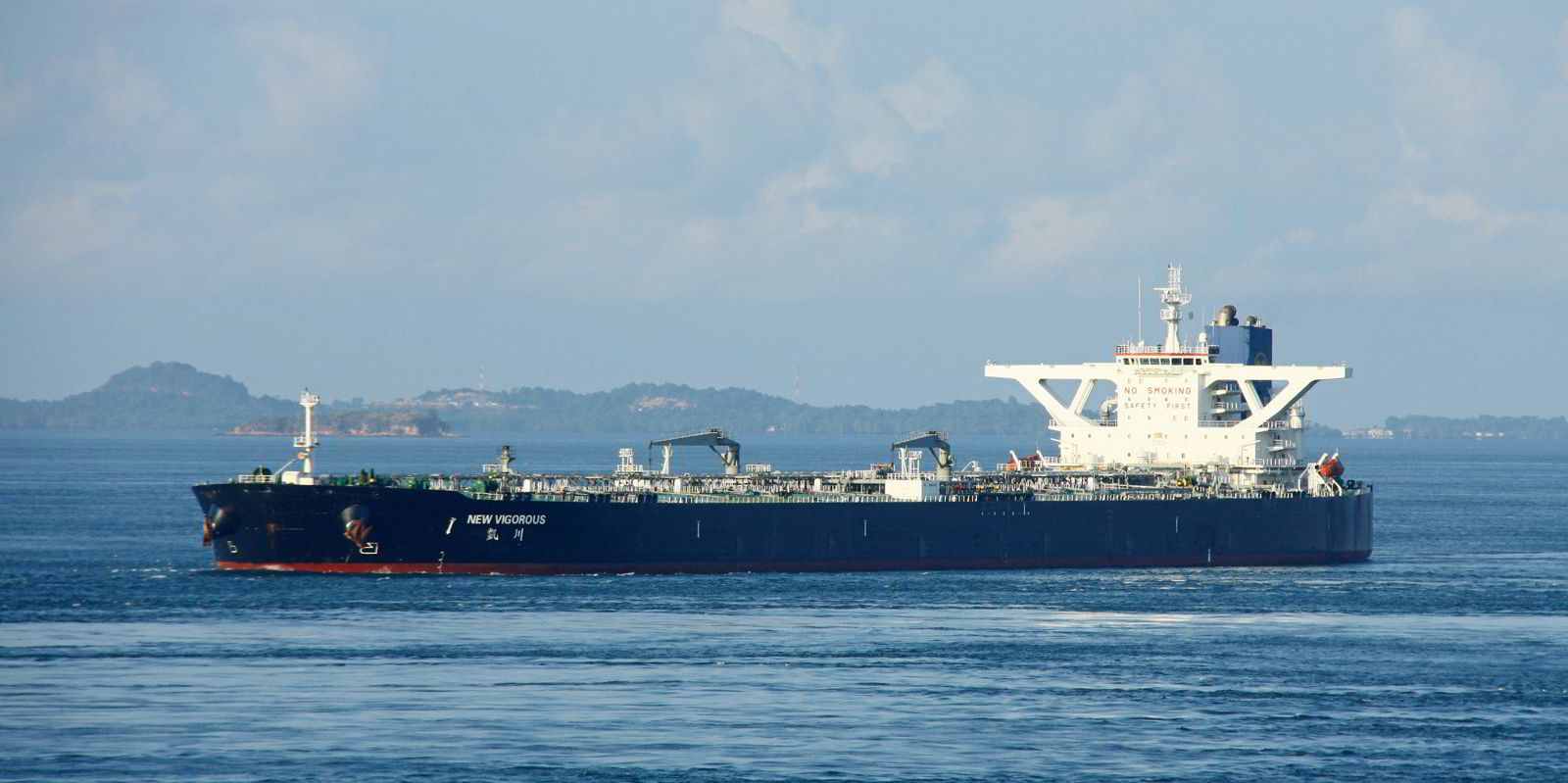China’s rapid, unbridled growth in crude imports over the past 20 years looks to be over with obvious implications for the tanker market, a top shipbroker has warned.
The Asian powerhouse has seen its oil demand grow from 4.7m barrels per day (bpd) in 2000 to 13.8m bpd in 2020, an average annual growth rate of 5.5%.
“For many years, China’s crude oil imports will continue to be a key source of employment for large crude tankers,” US broker Poten & Partners said.
“However, it appears that the days of rapid, unbridled growth are behind us.”
Over the last two decades, China has become by far the largest crude oil importer in the world and its oil demand growth has propelled the tanker market upwards and onwards.
“China’s rapid economic development was largely responsible for the 2004-2008 ‘Supercycle’ in the shipping markets not only in tankers, but in dry cargo and containers as well,” said Poten.
In recent years, however, there have been several changes in China that cast doubt on whether the country will be the same dominant force in the future.
Poten said some of these changes may be temporary, such as the impact of the coronavirus pandemic, but others are likely to be permanent and the impact of these developments on the tanker market could be significant.
Ma Yongsheng, acting chairman of Sinopec, China’s largest oil conglomerate, said at a recent conference in Beijing that China’s oil consumption is likely to peak around 2026 at about 16m bpd.
“This is only 1m bpd above the IEA [International Energy Agency]’s estimate of China’s 2021 demand,” said Poten.

“The rapid adoption of electric cars is the main driver of this forecast, which also indicates that the focus of China’s oil demand will shift from fuels to petrochemicals.”
In addition to importing crude oil to fuel domestic demand, China has also boosted the tanker market by building up a sizeable strategic petroleum reserve (SPR).
During periods of low oil prices, China was quick to take advantage and scooped up excess supplies to build up its inventories.
In a historic move, China has for reasons yet to be explained released oil reserves from its massive SPR earlier this year.
“The government did not explain exactly when and why this was done, so the market is unclear whether this is a one-off or a new policy tool,” said Poten.
Another recent development that is having an impact on Chinese crude oil flows is the government’s tightening supervision of the independent refining sector or the “teapots”.
“Teapot refineries account for about 35% of China’s total refining capacity and unlike the large state-owned refiners, the teapots rely on government quotas to import crude oil,” according to Poten.
“Beijing liberalised the independent refiners in 2015 to boost the overall competitiveness of the sector and since then, the teapots have been the largest contributor to China’s crude oil import growth.” Recently the government has limited quota allocations and increased taxation, which squeezed the margins of the teapots, forcing rationalisation and consolidation and consequently less import volumes for tankers.
With the global focus on climate change creating a move away from fossil fuels, Poten said it is unlikely that there are “many other countries waiting in the wings” to step in and provide a boost to tonne-mile demand.
Therefore, it said the tanker market needs to “carefully manage vessel supply to enable the industry to return to profitability”.





